3D Web Experiences with WebXR & Three.js: The Future of Immersive Browsing
The web has evolved far beyond static images and 2D interfaces. Today, users expect engaging, interactive, and immersive digital experiences. Thanks to technologies like WebXR and Three.js, 3D content is becoming mainstream on the web, allowing businesses and creators to deliver experiences that were once limited to native apps or high-end platforms.
Imagine walking through a virtual showroom, exploring a 3D city map, or trying a product in augmented reality—all from within your web browser. That’s the power of 3D web experiences.
What is WebXR?
WebXR (Web Extended Reality) is a web API designed to bring Augmented Reality (AR) and Virtual Reality (VR) experiences directly into browsers. It eliminates the need for separate applications or downloads, making immersive content more accessible and universal.
-
Virtual Reality (VR): Step into fully immersive 3D environments with VR headsets.
-
Augmented Reality (AR): Overlay digital 3D objects in the real world using a smartphone or AR glasses.
With WebXR, businesses can offer interactive product demos, real-time training, and immersive storytelling—all without leaving the web.
What is Three.js?
Three.js is a powerful JavaScript 3D graphics library built on WebGL. It allows developers to create realistic 3D models, animations, and interactive scenes that run smoothly across devices.
With Three.js, you can:
-
Render 3D product visualizers for e-commerce.
-
Build interactive architectural walkthroughs.
-
Create 3D games and simulations.
-
Animate complex 3D environments for websites.
By combining Three.js with WebXR, developers can build browser-based VR/AR experiences that rival native applications.
Why 3D Web Experiences Matter
-
Enhanced Engagement – Users spend more time exploring interactive 3D content.
-
Better Decision-Making – Shoppers can rotate, zoom, and interact with products before purchase.
-
Accessibility Across Devices – Works on desktops, tablets, smartphones, and VR headsets.
-
Cross-Industry Adoption – From e-commerce to healthcare, 3D web apps are transforming industries.
Real-World Use Cases
-
E-commerce: Customers preview products in 3D or place them in their homes using AR.
-
Education & Training: Students explore anatomy models, historical landmarks, or complex machinery in 3D.
-
Real Estate & Architecture: Virtual property tours and architectural walkthroughs directly in browsers.
-
Healthcare: Doctors use interactive 3D models for patient education and medical training.
-
Entertainment & Gaming: Lightweight 3D games and VR worlds accessible through browsers.
Challenges & Opportunities
While 3D web technologies are promising, they come with challenges such as performance optimization, cross-device compatibility, and the need for skilled developers. However, the opportunities outweigh these challenges—offering businesses new ways to connect with customers and deliver memorable, interactive experiences.
Frequently Asked Questions (FAQs)
Q1. What is WebXR?
WebXR is a web standard API that enables AR (Augmented Reality) and VR (Virtual Reality) experiences in browsers without requiring extra software.
Q2. What does Three.js do?
Three.js is a JavaScript library that simplifies creating and rendering 3D graphics on the web using WebGL. It’s widely used for animations, games, product visualizers, and immersive websites.
Q3. Do I need special hardware for 3D web experiences?
Not always. Most 3D experiences work on regular desktops and smartphones. For full VR, a compatible headset (like Oculus or HTC Vive) enhances the experience.
Q4. How are businesses using 3D on the web?
Brands use 3D web experiences for product previews, training simulations, interactive storytelling, and immersive marketing campaigns.
Q5. Can 3D web apps run on all browsers?
Most modern browsers (Chrome, Edge, Firefox) support WebGL and WebXR, but experiences may vary across devices.
Q6. Is WebXR the future of the internet?
Yes, WebXR is paving the way for the next phase of the internet, often called the “immersive web”, where AR and VR become an everyday part of browsing.













 2025. All rights reserved
2025. All rights reserved